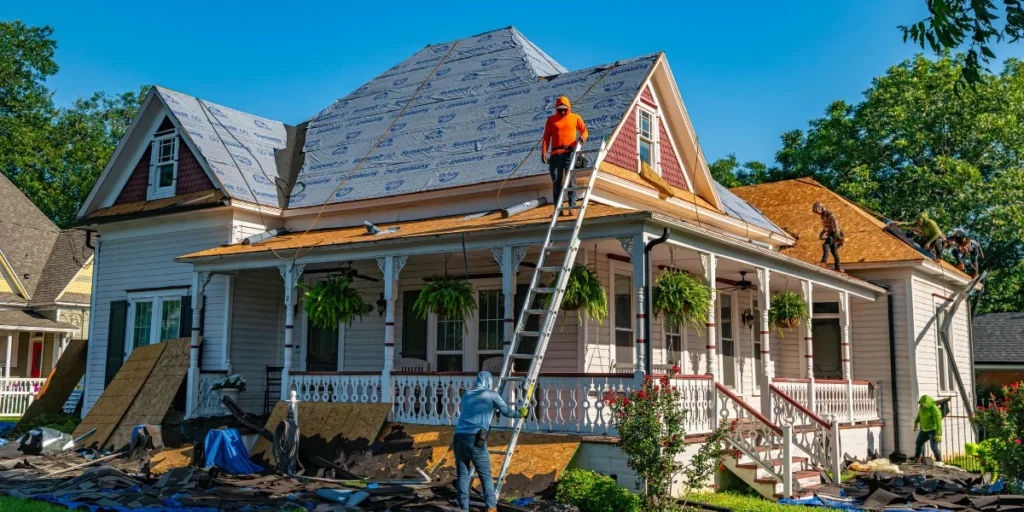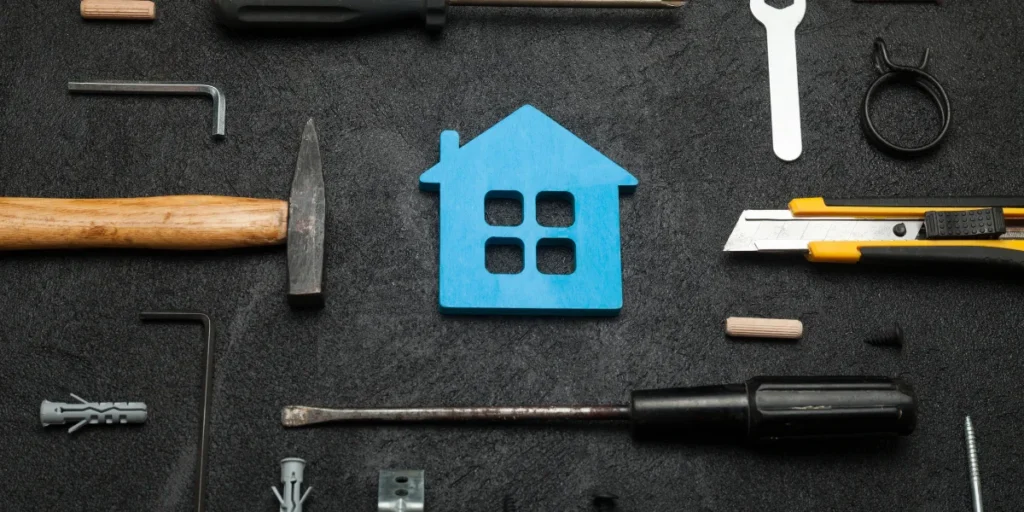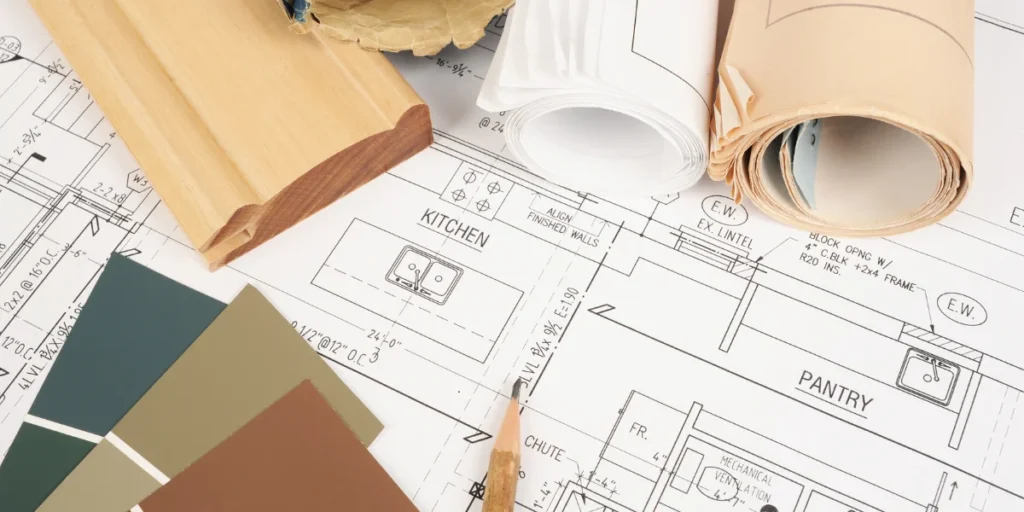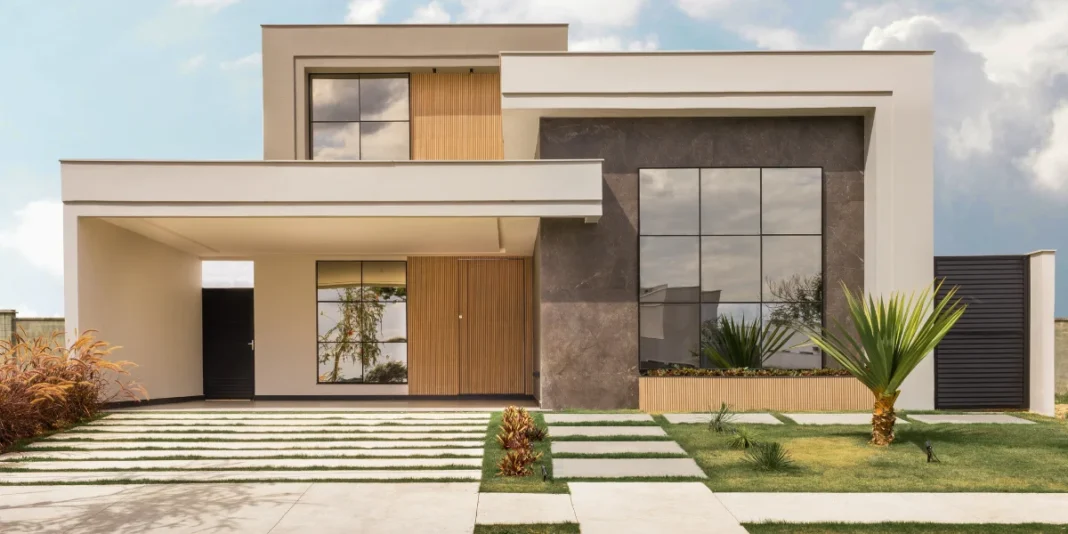Property flipping in Australia offers tremendous opportunities within one of the strongest property markets in the world. This investment strategy involves purchasing a house, renovating it, and then selling it quickly for a profit.
Although the main attraction of flipping properties is the potential for quick profit, successful house flipping requires careful planning, budgeting, and a thorough understanding of the property market. However, this investment approach is not without risks, as market fluctuations can impact profitability and unexpected costs often arise during renovations.
For those interested in flipping houses in Australia, getting the planning right and understanding the potential return on investment (ROI) can transform house flipping into a profitable and enjoyable investment venture. Short-term property finance can provide the quick and flexible funding needed to purchase, renovate, and sell properties efficiently, consequently minimising financial risk by aligning loan terms with the property flipping timeline.
This step-by-step guide will walk through the essential aspects of property flipping, from understanding the basics to successfully selling a renovated property for maximum profit.
Related Article: Types of Home Loans Explained: Find the Right Mortgage for You
Step 1: Understand What Property Flipping Involves
What is property flipping?

Property flipping refers to purchasing an asset with a short holding period with the intention of selling it quickly for profit rather than holding it for long-term appreciation. In essence, flipping involves buying a property, sometimes improving it, and then selling it within a relatively short timeframe—typically a few months to a year. While the concept applies to various assets, it’s most strongly associated with real estate transactions.
The practise has gained significant popularity in Australia due to rising property prices and strong demand for updated, move-in-ready homes. Furthermore, property flipping can provide quicker returns on investment compared to other investment strategies, with the average flip taking about six months.
Flipping Houses in Australia vs Other Markets
Australian property flipping faces unique challenges compared to other markets. Specifically, moderating property prices following the high-growth boom of the early 2020s means flippers can’t rely solely on surging markets to boost profits. Increased holding costs due to rising interest rates and higher insurance premiums also affect potential returns.
Additionally, building materials and labour costs have increased post-pandemic, with prices remaining higher compared to pre-2020 levels. Notably, Australian tax regulations impact flipping profits—if you sell a property within 12 months of ownership, you’ll be taxed on the entire capital gain at your marginal tax rate.
Fix-and-Flip vs Hold-and-Flip Strategies
There are primarily two approaches to property flipping:
Fix-and-flip involves purchasing properties that need renovation, improving them, and selling for profit. This strategy demands renovation skills and relies on your ability to add value rapidly through strategic improvements. The success of this method depends on managing renovation costs and time effectively.
Hold-and-flip, conversely, focuses on purchasing properties and holding them until market conditions improve, thereby increasing value without necessarily making significant renovations. This approach can be less dependent on market timing but still requires a good understanding of market cycles.
Both strategies offer distinct advantages—fix-and-flip provides potential for quick profits but carries higher short-term risks including renovation surprises, whilst hold-and-flip offers less exposure to short-term market fluctuations.
Step 2: Plan Your Budget and Timeline

Successful property flipping depends largely on meticulous financial planning and realistic scheduling. Without proper budgeting, even promising properties can quickly become financial burdens.
Estimating Purchase and Renovation Costs
Financial preparation begins with accurate cost projections. Most professional flippers use three estimation methods: lump sum (quickest but least accurate), cost per square foot (faster but less precise), or detailed room-by-room estimates (most accurate). For renovation costs, experienced flippers typically allocate:
- Cosmetic rehab: AUD 15.29 to AUD 30.58 per square foot
- Heavy rehab: AUD 53.51 to AUD 76.45 per square foot
- Full gut rehab: AUD 76.45 to AUD 122.32 per square foot
Always include a contingency buffer of 10-15% for unexpected issues. Moreover, avoid properties requiring extensive structural repairs that buyers won’t see, as these rarely provide good returns.
Understanding Holding and Selling Costs
Holding costs accumulate throughout ownership and include mortgage repayments, council rates, utilities, and insurance. Monthly holding expenses typically range from AUD 925 to AUD 1529, with utilities alone costing AUD 305 to AUD 535 monthly.
When selling, prepare for expenses equalling approximately 7-9% of the sale price. These include agent commissions (typically 6%), home warranties (AUD 611-688), and miscellaneous closing costs. Failing to account for these expenses is among the most common reasons flippers struggle to profit.
Creating a Realistic Renovation Timeline
The typical house flip comprises three phases: acquisition (2-4 weeks), renovation (8-12 weeks), and selling (6-8 weeks). Before purchasing, conduct thorough inspections (approximately 2 weeks). After acquisition, allocate time for planning (2 weeks), exterior repairs (1-4 weeks), demolition (1-5 days), interior rough-in work (5-20 days), and finishing touches.
Every month a property remains unsold increases holding costs, gradually eroding potential profits. Therefore, maintaining strict schedules with contractors is essential—even minor delays can compound, significantly impacting your bottom line.
Step 3: Find the Right Property to Flip
Finding the ideal property for flipping resembles mining for gold—not every property contains the valuable nuggets you seek. Successful flipping begins with thorough research and careful property selection.
How to Research Local Markets?
Initially, focus on identifying areas where people genuinely want to live. Look for neighbourhoods with low crime rates, highly rated schools, and proximity to amenities. Examine population trends and local economic factors, as strong population growth and a robust local economy with low unemployment rates create a steady stream of potential buyers. Track sales data such as average days on market and typical number of offers to understand market temperature. Regional areas in Australia currently offer some of the most profitable opportunities with lower buy-in costs and strong return potential.
What Makes a Good Flip Candidate?
A promising flip candidate typically exhibits:
- Structural soundness but cosmetic tiredness
- Below suburb median price
- Renovation potential without major council approvals
- Potential for adding value through strategic improvements
Importantly, apply the 70% rule when evaluating properties: never pay more than 70% of the property’s after-repair value minus renovation costs. For instance, if a house would be worth AUD 458,697.07 after renovations and requires AUD 76,449.51 in repairs, you shouldn’t pay more than AUD 244,638.44.
Avoiding Properties with Hidden Issues
Thorough home inspections are non-negotiable, as they reveal issues beyond surface-level appeal. Skipping this step ranks among the most common mistakes in house flipping. Structural problems particularly represent critical red flags and can transform a seemingly profitable deal into a financial disaster. Equally concerning are outdated electrical systems, hidden water damage, and faulty HVAC systems, which create unexpected expenses that diminish profit margins. Always budget for contingencies and be prepared to walk away if inspection results raise serious concerns.
Step 4: Renovate and Sell for Profit

The transformation phase marks the crucial stage of property flipping where potential profit is either secured or lost. After acquiring the right property, successful investors must focus on strategic renovations and effective selling techniques to maximise returns.
Choosing Renovations That Add Value
Not all renovations yield equal returns. Kitchens consistently rank as the top value-adding improvement, with experts recommending spending approximately 3% of your property’s current value on kitchen upgrades. Similarly, bathrooms deserve 2-3% of the property’s value in renovation budget.
Other high-impact improvements include:
- Fresh paint and new flooring to instantly revitalise spaces
- Energy efficiency upgrades that can save homeowners AUD 154.43 to AUD 822.60 annually
- Curb appeal enhancements, as first impressions significantly influence buyer decisions
Above all, avoid overcapitalising by ensuring renovation costs align with the property’s potential value in its specific location.
Reliable Contractors
Quality contractors serve as the backbone of successful flips. When selecting contractors, prioritise experience with renovation projects, understanding of budget constraints, and familiarity with local building codes.
Given that a typical flip requires coordination among up to ten different tradespeople, clear communication becomes essential. Important to realise, time equals money—every two-day delay between trades can extend the timeline by up to twenty business days.
Establish pre-agreed standard rates, preferably on a square-foot basis. For instance, quality contractors typically charge around AUD 1.53 per square foot for interior painting.
Staging and Listing the Property Effectively
Effective staging can significantly reduce a property’s time on market. Focus staging efforts on the kitchen, family room, and master bedroom—areas where buyers spend most of their time.
For budget-friendly staging:
- Shop at discount furniture stores and thrift shops in upscale neighbourhoods
- Emphasise neutral colour palettes to appeal to broader audiences
- Create welcoming spaces with strategic lighting and decluttering
Subsequently, capture your property’s best features with professional photography—this investment typically pays for itself through quicker sales at higher prices.
Using a Real Estate Agent vs Selling Yourself
Despite the commission costs, properties sold through real estate agents often achieve better results. Research indicates FSBO homes typically sell for 6% less than agent-listed properties.
Agents bring valuable market knowledge, professional networks, and negotiation skills. Nevertheless, if choosing to sell independently, ensure you have a competent real estate attorney to handle legal aspects.
For experienced flippers who complete multiple projects annually, obtaining a real estate licence might prove advantageous, providing direct MLS access and potential commission savings on transactions.
You Might Also Be Interested In: Build to Rent: A Structural Shift in Australia’s Housing Economy
Conclusion – Property Flipping
Property flipping represents a potentially lucrative investment strategy when approached methodically and intelligently. Throughout this guide, we’ve examined the essential steps required to transform distressed properties into profitable investments within the Australian market.
First and foremost, successful property flipping demands thorough understanding of the local market conditions. Australian investors face unique challenges including moderating property prices, increased holding costs, and specific tax implications that differ from other global markets. Property selection certainly deserves careful consideration.
Therefore, anyone considering property flipping should approach this investment strategy with proper preparation and realistic expectations. Success depends on detailed research, disciplined execution, and adaptability to changing market conditions. Though property flipping involves significant work and carries inherent risks, the potential rewards—both financial and personal—make this investment approach worthwhile for dedicated investors willing to master the process.
What is the 70% rule in property flipping?
The 70% rule is a guideline used by professional property flippers. It suggests that you should never pay more than 70% of a property’s after-repair value minus the renovation costs. This rule helps to account for unexpected expenses, potential market changes, and ensure a profit margin.
How does property flipping in Australia differ from other markets?
Property flipping in Australia faces unique challenges, including moderating property prices, higher holding costs due to rising interest rates, and specific tax implications. For instance, if you sell a property within 12 months of ownership, you’ll be taxed on the entire capital gain at your marginal tax rate.
What makes a property a good candidate for flipping?
A good flip candidate typically has structural soundness but cosmetic tiredness, is priced below the suburb median, has renovation potential without major council approvals, and offers opportunities to add value through strategic improvements. It’s also crucial that the property adheres to the 70% rule for potential profitability.
Is it better to use a real estate agent or sell a flipped property yourself?
While selling yourself can save on commission costs, properties sold through real estate agents often achieve better results. Research indicates that For Sale By Owner (FSBO) homes typically sell for 6% less than agent-listed properties. Agents bring valuable market knowledge, professional networks, and negotiation skills that can justify their costs through faster sales at higher prices.






